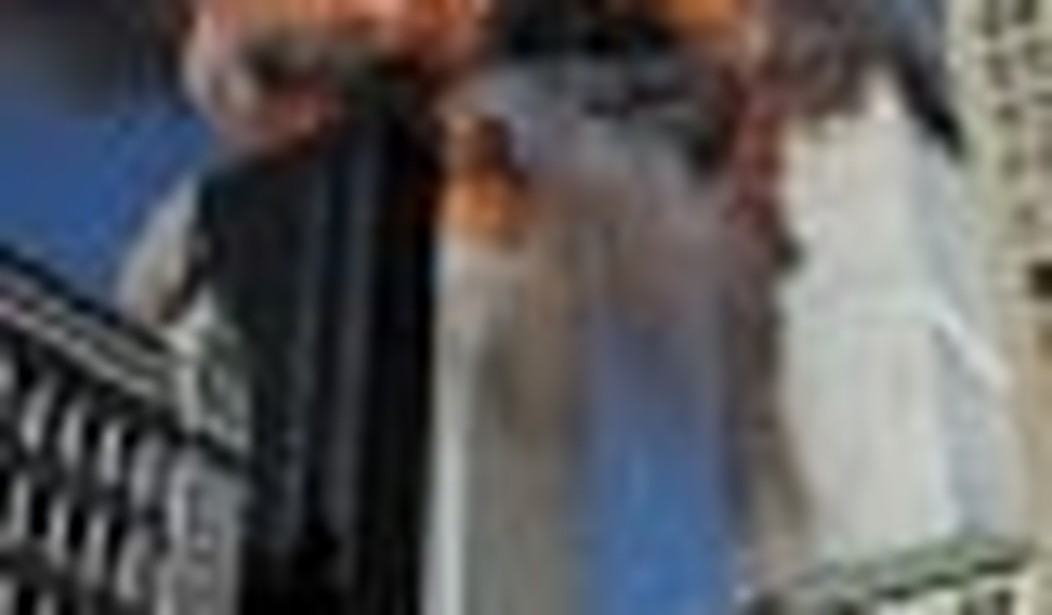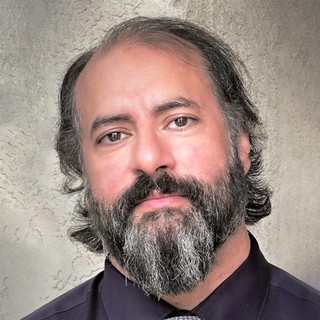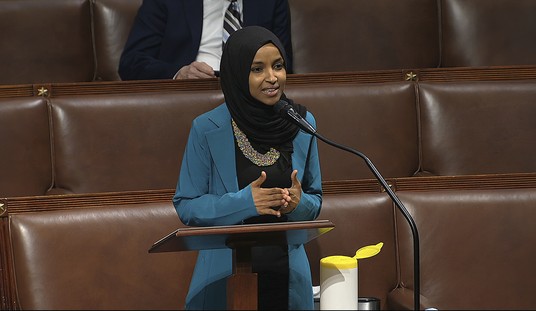Depending on whether Islamists address Americans or fellow Muslims, the same exact words they use often relay diametrically opposed meanings. One example: when Americans hear Muslims evoke “justice,” the former envision Western-style justice, whereas Muslims naturally have Sharia law justice in mind.
Islamists obviously use this to their advantage: when addressing the West, Osama bin Laden bemoans the “justice of our causes, particularly Palestine”; yet, when addressing Muslims, his notion of justice far transcends territorial disputes and becomes unintelligible from a Western perspective: “Battle, animosity, and hatred — directed from the Muslim to the infidel — is the foundation of our religion. And we consider this a justice and kindness to them. The West perceives fighting, enmity, and hatred all for the sake of the religion [i.e., Islam] as unjust, hostile, and evil. But who’s understanding is right — our notions of justice and righteousness, or theirs?” (Al Qaeda Reader, p. 43).
Of course, that Osama bin Laden — slayer of 3,000 Americans and avowed enemy to the rest — exhibits two faces, one to Americans another to Muslims, is not surprising. Yet the reader may well be surprised to discover that the controversial Cordoba Initiative, which plans on manifesting itself as the largest American mosque, situated atop Ground Zero — that is, atop the carnage caused by none other than bin Laden — also has two faces, conveying one thing to Americans, quite another to Muslims.
The very name of the initiative itself, “Cordoba,” offers different connotations to different people: In the West, the Andalusian city of Cordoba is regularly touted as the model of medieval Muslim progressiveness and tolerance for Christians and Jews. To many Americans, then, the choice to name the mosque “Cordoba” is suggestive of rapprochement and interfaith dialogue; atop the rubble of 9/11, it implies “healing” — a new beginning between Muslims and Americans. The Cordoba Initiative’s mission statement certainly suggests as much:
Cordoba Initiative aims to achieve a tipping point in Muslim-West relations within the next decade, bringing back the atmosphere of interfaith tolerance and respect that we have longed for since Muslims, Christians and Jews lived together in harmony and prosperity eight hundred years ago.
Oddly enough, the so-called “tolerant” era of Cordoba supposedly occurred during the caliphate of ‘Abd al-Rahman III (912-961) — well over a thousand years ago. “Eight hundred years ago,” i.e., around 1200, the fanatical Almohids — ideological predecessors of al-Qaeda — were ravaging Cordoba, where “Christians and Jews were given the choice of conversion, exile, or death.” A Freudian slip on the part of the Cordoba Initiative?
In fact, the true history of Cordoba, not to mention the whole of Andalusia, is far less inspiring than what Western academics portray: the Christian city was conquered by Muslims around 711, its inhabitants slaughtered or enslaved. The original mosque of Cordoba — the namesake of the Ground Zero mosque — was built atop, and partly from the materials of, a Christian church. Modern day Muslims are well aware of all this. Such is the true — and ominous — legacy of Cordoba.
More pointedly, throughout Islam’s history, whenever a region was conquered, one of the first signs of consolidation was/is the erection of a mosque atop the sacred sites of the vanquished: the pagan Ka‘ba temple in Arabia was converted into Islam’s holiest site, the mosque of Mecca; the al-Aqsa Mosque, Islam’s third holiest site, was built atop Solomon’s Temple in Jerusalem; the Umayyad Mosque was built atop the Church of St. John the Baptist; and the Hagia Sophia was converted into a mosque upon the conquest of Constantinople.
(In 2006, when the Pope visited the Hagia Sophia in Turkey, there was a risk that the “Islamic world [would go] into paroxysms of fury” if there was “any perception that the pope is trying to re-appropriate a Christian center that fell to Muslims” — this even as Muslims today seek to build a mosque on the rubble of the Twin Towers.)
Such double standards lead us back to the issue of double meanings. As for the literal wording of the mosque project, “Cordoba House,” it too offers opposing paradigms of thought: to Westerners, the English word “house” suggests shelter, intimacy — coziness, even; in classical Arabic, however, the word for house, dar, can also mean “region,” and is regularly used in a divisive sense, as in Dar al-Harb, i.e., “infidel region of war.” Thus, to Muslim ears, while “Cordoba” offers allusions of conquest and domination, dar is further suggestive of division and separation (from infidels, a la the doctrine of al-Wala’ wa al-Bara’, for instance).
Words aside, even the mosque’s scheduled opening date — 9/11/2011 — has two aspects: to Americans, opening the mosque on 9/11 is to proclaim a new beginning with the Muslim world on the ten-year anniversary of the worst terror strikes on American soil; however, it just so happens that Koranic verse 9:111 is one of the loftiest calls for suicidal jihad and is probably the reason al-Qaeda originally chose that date to strike. So while Americans may think the mosque’s planned 9/11 opening is meant to commemorate that date, it may well be a cryptic evocation for all out war. A “new beginning,” indeed, but of a very different sort, namely, the propagation of more Islamists and jihadists — mosques are, after all, epicenters of radicalization — on, of all places, soil sacred to America.
Some final thoughts on the history of Cordoba and the ominous parallels it bodes for America: though many Christian regions were conquered by Islam prior to Cordoba, its conquest signified the first time a truly “Western” region was conquered by the sword of Islam. It was also used as a base to launch further attacks into the heart of Europe (until decisively beaten at the Battle of Tours), just as, perhaps, the largest mosque in America will be used as a base to subvert the rest of the United States. And the sacking of the original Cordoba was facilitated by an insider traitor — a warning to the U.S., which seems to have no end of traitors and willing lackeys.
Such, then, is the dual significance of the Cordoba Initiative: What appears to many Americans as a gesture of peace and interfaith dialogue, is to Muslims reminiscent of Islamist conquest and consolidation; mosques, which Americans assume are Muslim counterparts to Christian churches — that is, places where altruistic Muslims congregate and pray for world peace and harmony — are symbols of domination and centers of radicalization; the numbers of the opening date, 9/11/11, appear to Americans as commemorative of a new beginning, whereas the Koranic significance of those numbers is suicidal jihad. Of course, the two faces of the Cordoba House should not be surprising considering that the man behind the initiative, Feisal Abdul Rauf, also has two faces.
Going along with the historic analogy, there is one bit of good news: As opposed to the vast majority of onetime Western/Christian nations annexed by Islam, Spain did ultimately manage to overthrow the Islamic yoke. Though only after some 700 years of occupation.










Join the conversation as a VIP Member